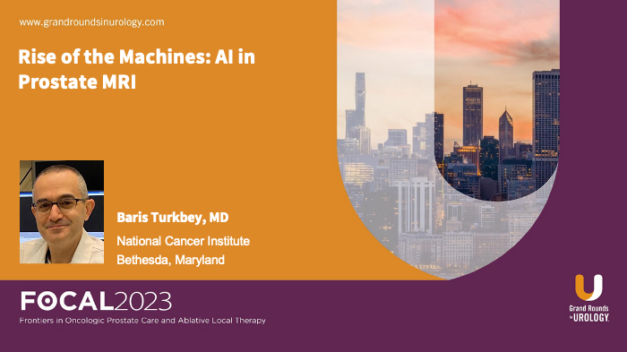High Intensity Focused Ultrasound Ablation Outcomes – TR, In Bore
Behfar Ehdaie, MD, MPH, discusses High-Intensity Focused Ultrasound (HIFU) ablation, particularly focusing on its application in treating prostate cancer. The presentation highlights the recent advancements and clinical outcomes associated with both transrectal (TR) and in-bore HIFU procedures.
Dr. Ehdaie emphasizes the precision and minimal invasiveness of HIFU and outlines the selection criteria for patients. He also discusses the integration of real-time imaging with magnetic resonance imaging (MRI) in in-bore HIFU.
Dr. Ehdaie highlights the promising results demonstrated in clinical outcomes of HIFU ablation, making HIFU an attractive option for eligible patients. He also addresses the ongoing challenges and future directions in HIFU research. The potential for combining HIFU with other therapeutic modalities, such as immunotherapy and targeted therapies, is a promising avenue for enhancing treatment efficacy.
Read More




